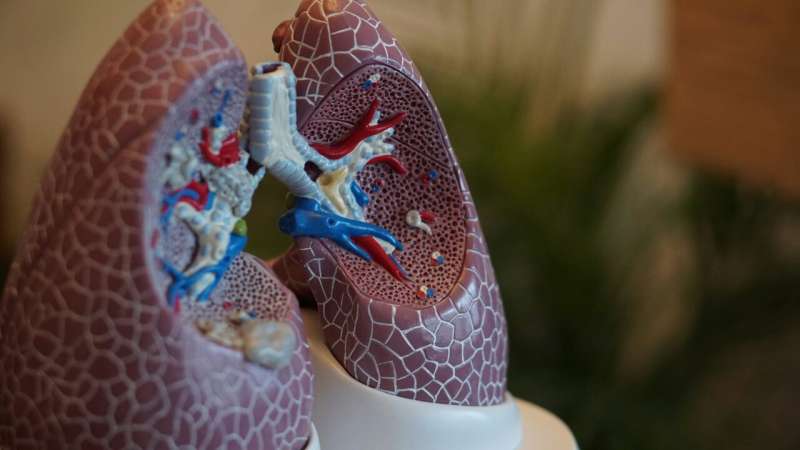US Experiences Surge in Measles Cases with Outbreaks Across Multiple States: Essential Information

As of April 2025, the United States is confronting a significant rise in measles cases, with approximately 800 infections reported nationwide and multiple outbreaks identified in several states. The outbreak has been largely driven by under-vaccinated communities, with Texas bearing the brunt of the situation. In Texas, particularly in West Texas, an outbreak initiated nearly three months ago has resulted in around 597 cases. Tragically, two unvaccinated elementary school children have succumbed to measles-related illnesses near the outbreak's epicenter, and an adult in New Mexico also died from complications related to measles, emphasizing the severity of this resurgence.
Other states with active outbreaks—defined as having three or more cases—include Indiana, Kansas, Michigan, Oklahoma, Ohio, Pennsylvania, and New Mexico. Kansas reports 37 cases spread across eight counties, with Haskell County experiencing the highest number at eight cases. Oklahoma has maintained a steady total of 12 cases, primarily linked to the Texas outbreak. Ohio has confirmed 30 cases, primarily in Ashtabula and Knox counties, with initial infections traced to unvaccinated adults. Indiana and Pennsylvania have reported smaller clusters, with six cases in Indiana and nine in Pennsylvania. Michigan's outbreak involves three cases in Montcalm County, linked to the Canadian outbreak.
The most impacted region remains Texas, where most cases are concentrated in Gaines County, with over 370 cases since late January. The outbreak in this county largely affects an undervaccinated Mennonite community. The Texas health authorities have reported that about 4% of the total cases are actively infectious at any given time. The recent death of an 8-year-old child underscores the devastating potential of the disease, especially in unvaccinated populations.
Across North America, the outbreak has also affected Ontario, Canada, reporting 925 cases since October 2024 and a related outbreak in Mexico with 433 cases. These cross-border links highlight the regional spread of the virus.
Measles is caused by a highly contagious airborne virus that spreads through respiratory droplets when infected individuals cough or breathe. Despite being preventable through the MMR (measles, mumps, rubella) vaccine, vaccination rates have declined since the COVID-19 pandemic, leading to increased vulnerability. The CDC recommends two doses of the MMR vaccine during childhood, with additional doses if immunity wanes or if individuals were vaccinated with less effective early formulations. High vaccination coverage—above 95%—is critical to maintain herd immunity and prevent outbreaks.
Symptoms of measles typically begin with high fever, runny nose, cough, and red, watery eyes. A characteristic rash appears three to five days after initial symptoms, starting on the face and spreading downward. In some cases, complications such as pneumonia, brain swelling, blindness, or death may occur, particularly in young children or immunocompromised individuals. Currently, no specific antiviral treatment exists; management focuses on alleviating symptoms, preventing complications, and supporting the patient.
Health officials emphasize the importance of vaccination as the primary defense against measles. Efforts are ongoing to improve vaccine coverage, especially in communities at higher risk. The ongoing surge serves as a stark reminder of the necessity for widespread immunization to protect public health and prevent future outbreaks.
Stay Updated with Mia's Feed
Get the latest health & wellness insights delivered straight to your inbox.
Related Articles
Scientists Achieve First CRISPR Activation Therapy for Cardiac Disease in Mouse Model
Researchers have successfully utilized CRISPR activation technology to reverse genetic heart disease in mice, opening new therapeutic possibilities for inherited cardiac conditions.
Bronchoscopic Biopsy Techniques as Effective and Safer Alternatives to Percutaneous Methods for Lung Biomarker Testing
New guidelines show that bronchoscopic lung biopsy techniques are as effective as percutaneous methods for biomarker testing while offering greater safety, especially with modern navigational technology.
Innovative Virtual Nurse Shows Promise in Promoting Vaccination
Research from SWPS University reveals that virtual nurses can effectively persuade individuals to receive vaccinations, offering a new tool to combat vaccine hesitancy and misinformation.
Innovative Light-Based Technique Targets and Eliminates Cancer Cells
Researchers have developed a revolutionary light-activated drug system to target and kill melanoma and triple-negative breast cancer cells with high precision, minimizing healthy tissue damage.



